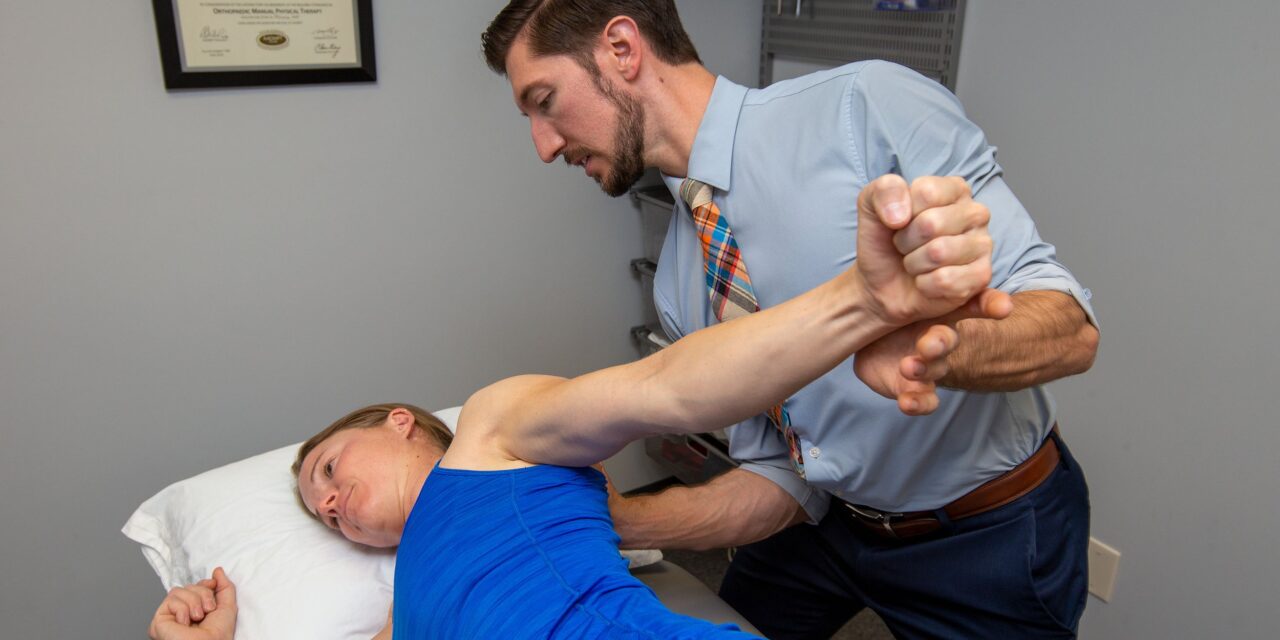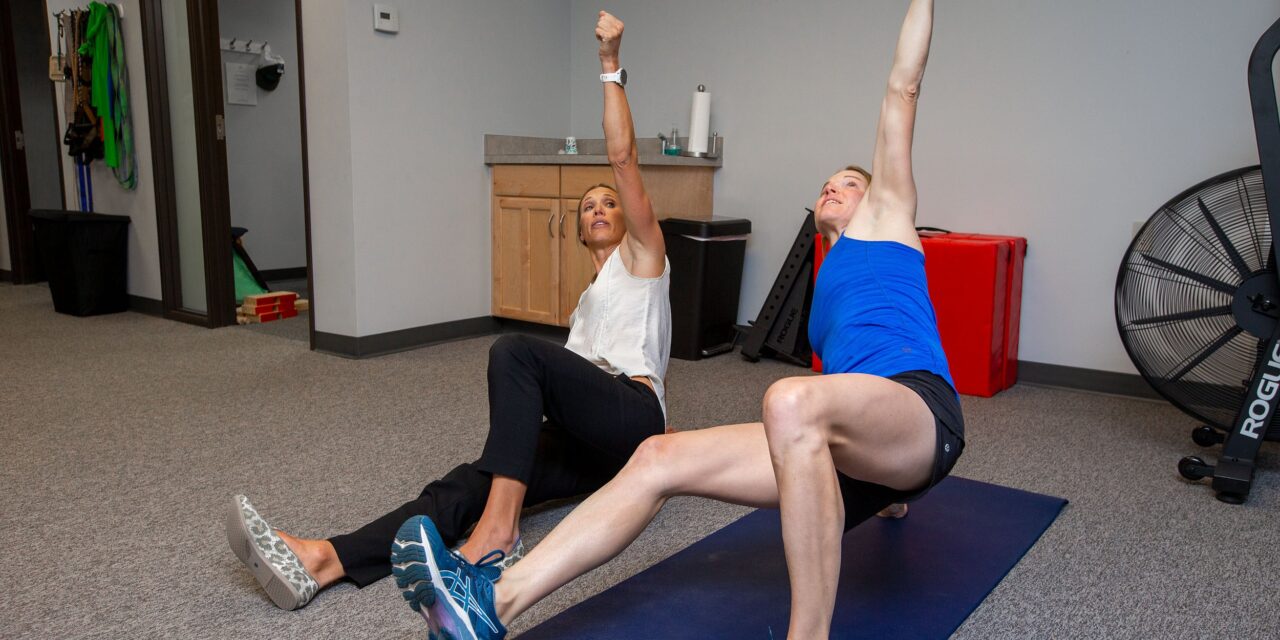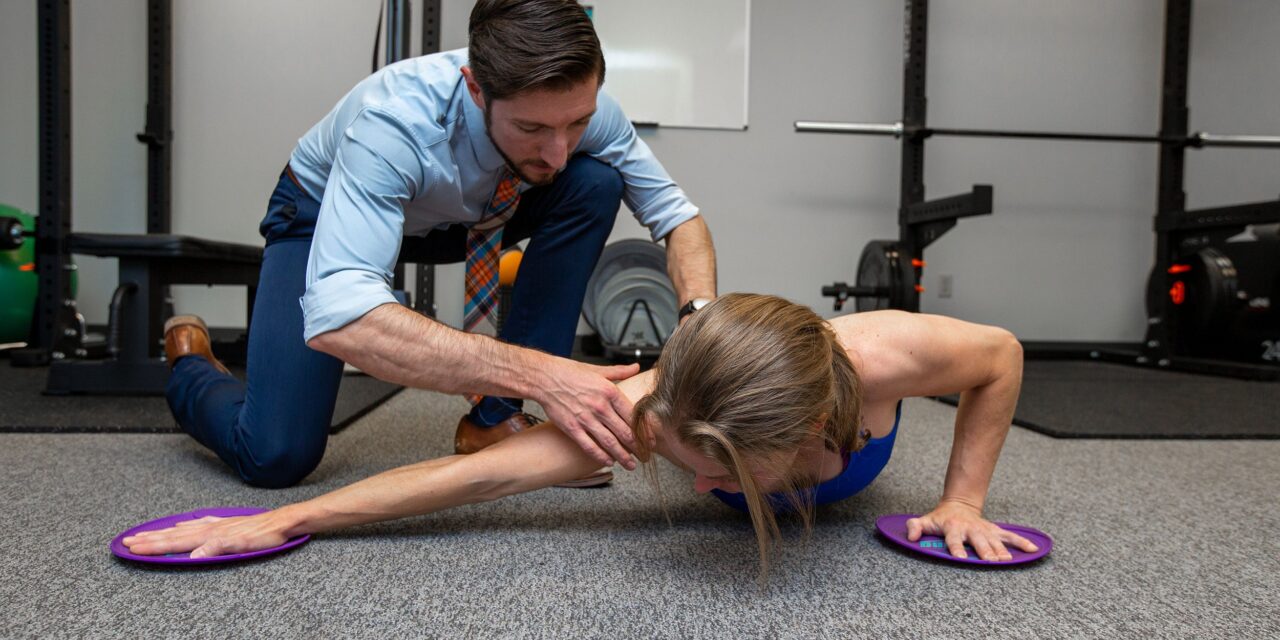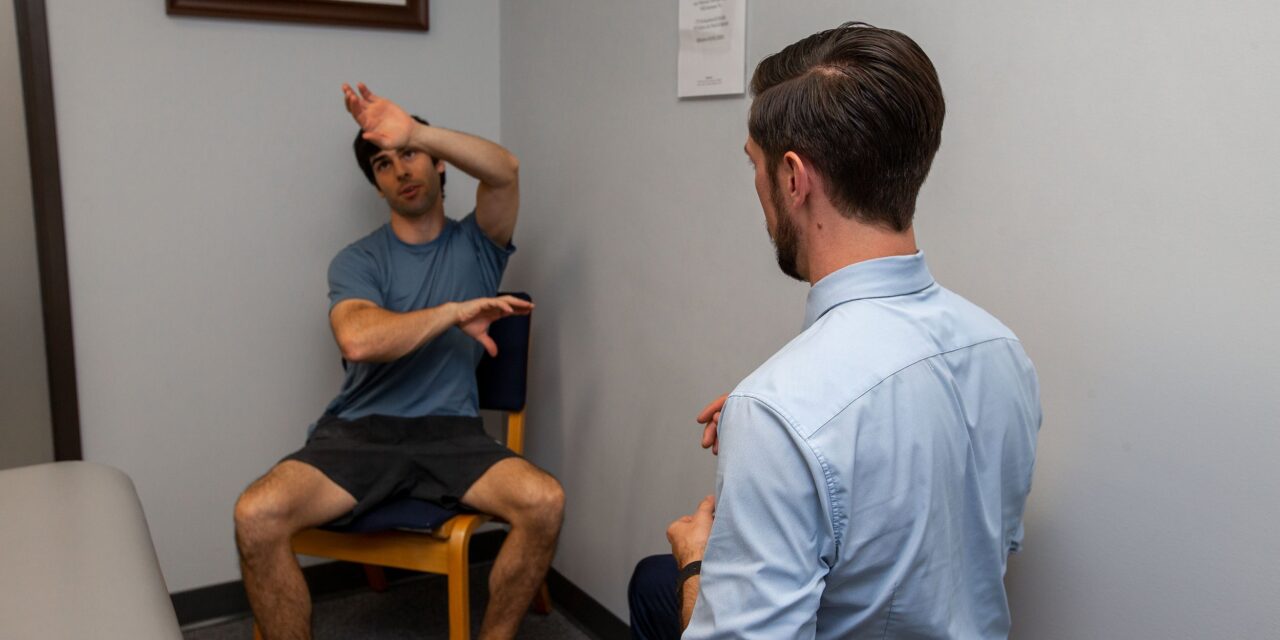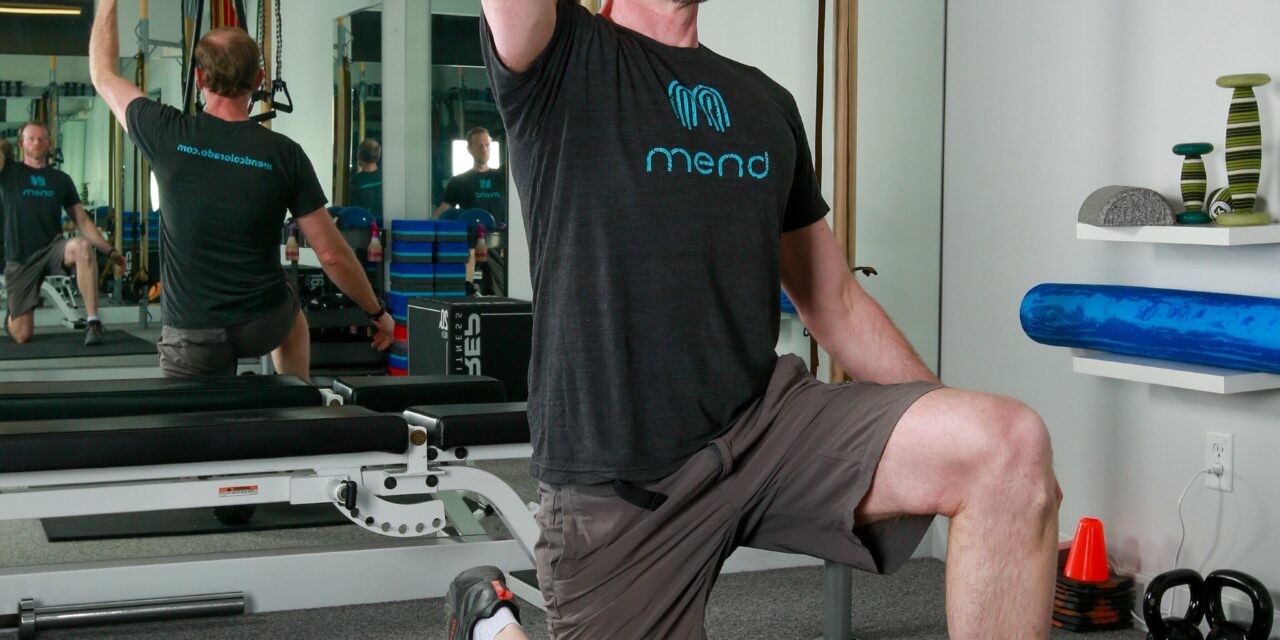Make sure you’re incorporating shoulder strengthening into your elbow rehabilitation! The elbow is one of the most common sites for pain in rock climbers. Lateral elbow pain (tennis elbow) is a limiting condition causing pain with repetitive movements including crimping or pinching while rock climbing. This condition was previously thought to occur secondary to inflammation...
During the rehabilitation of rock climbers, many respond favorably to manual therapy techniques such as dry needling and joint mobilizations. Physical Therapy spinal and extremity joint mobilizations are slow passive movements applied to a patient’s joint surfaces. These interventions have been shown to decrease pain, improve range of motion, and increase the immediate force production...
Attention Climbers: Scapular Dyskinesis Not Found To Be A Risk Factor For Future Injury
July 19, 2022
Rock climbing requires extensive strength of the shoulder and scapular stabilizer muscles. Having good strength to these muscles not only helps with climbing performance but also with injury prevention. During arm movements, a relative ratio of degree measurements occurs between the ball and socket of the shoulder and the shoulder blade on the rib cage....
Self soft tissue mobilization using a foam roller or other device (stick, ball, etc) is a popular adjunct to training that we see in rock climbers. We often receive questions about how and when foam rolling should be utilized in training and whether it helps with recovery, performance or injury prevention in rock climbing. A...
When you see a CrossFit, weight training, or gym workout posted with overhead press, push press or jerks, and your first thought is that you are concerned about how your back will fair, then this post is for you. When pressing a barbell (or any object) directly overhead it is necessary to have a strong,...
In our Boulder Physical Therapy practice we commonly address areas of weakness in a patient or client’s body that is limiting performance, as well as, precipitated or perpetuated their current condition. Strength is an essential component of health allowing us to participate in our chosen activities at the level we desire. For example, running at...
Large full Thickness Rotator Cuff Tears Which Remain Symptomatic Are Most Likely To Progress Without Surgery
July 16, 2022
Physical Therapy has been shown to be equally effective to surgery for some types of rotator cuff tears up to 5 years after diagnosis. In our Boulder Physical Therapy practice, many of our patients with rotator cuff tears do very well without surgery and are able to return to full function after treatment. Patients with...
Early Physical Therapy After Rotator Cuff Repair Is Associated With Improved Mobility And Outcomes
July 16, 2022
Rotator cuff repair is a common surgical procedures for middle to older age adults who reports shoulder pain and significant limitations in daily and recreational activities despite a course of early Physical Therapy. Early treatment by a Boulder Physical Therapist can prevent the need for surgery after a rotator cuff diagnosis, but in some individuals...
Early Physical Therapy For Low Back Pain Associated With Improved Outcomes And Lower Cost
July 16, 2022
Low back pain is a common problem and one of the most common areas we treat in our Boulder Physical Therapy practice. In Colorado, patients do not need a referral to seek Physical Therapy services and this pathway (direct access) has continuously been shown in the research to be safe, effective, and save patients health...
Lowest Early Death And Cancer Risk Associated With Vigorous Exercise And High Quality Diet
July 16, 2022
It is not uncommon to have athletes present to our Boulder Physical Therapy practice who exceed the national guidelines on weekly amounts of moderate and vigorous aerobic exercise (150 and 75 minutes, respectively). Especially among younger athletes, diet and sleep are often overlooked and not given the same focus as their exercise totals. Common expressions...

